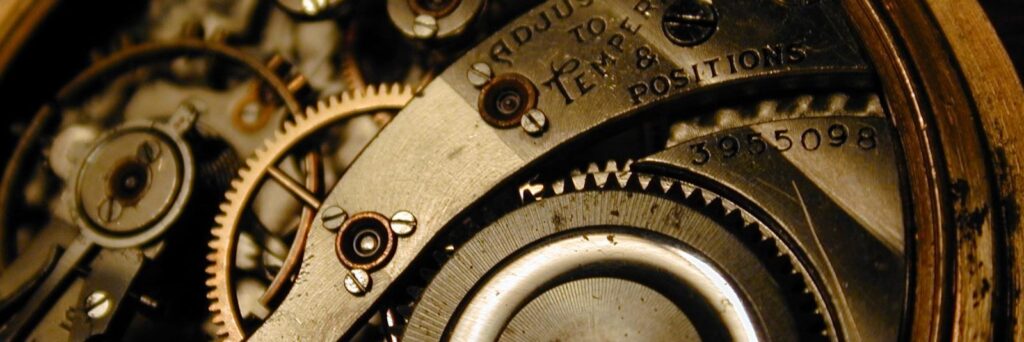Project management involves a framework that remains consistent regardless of the project and allows each project developed by an organization to operate with more clarity and for those involved to better understand their roles and deliverables. Planning each stage of the project from beginning to end prior to starting work on the project ensures that the group operates on the same page and that the project is completed with a cohesive and timely project flow.
Learning Objective
To develop the skills and structure to manage a project effectively and efficiently from beginning to end within the project management framework provided.
Project Process/Lifecycle
- Initiating
- What happens in this phase?
- In initiation phase you define the project — the goals, resources, and roles needed to complete the project.
- Tools to use during this phase
- SMART goals: Parameters to reference when determining project goals. All goals should fall into the SMART category: Specific, Measurable, Achievable, Relevant, and Time-Bound.
- Project proposal: define a project and date, goals and requirements.
- Project charter: a written document that describes the project and details needed to complete the project.
- Responsibility Assignment Matrix chart: demonstrates the roles and responsibilities of members on the team.
- What happens in this phase?
- Planning
- What happens in this phase?
- The planning phase involves the details of how the project will be completed. This can include budgets, timelines, key deadlines and communication guidelines.
- Tools to use during this phase
- Gantt Chart: A horizonal bar chart where members can see what tasks for the project must be completed, what order they will be completed, and the length of time dedicated to each task.
- Risk register: A chart showing a “plan B”, listing risks for the project and mitigation plans for those contingencies.
- What happens in this phase?
- Execution
- What happens in this phase?
- The execution phase involves putting the plans into action. Here you will measure and track work being done according to what was determined in the previous two steps.
- Tools to use during this phase
- Change requests: documents used to ask for changes to the project goals, charter or other preplanned methods of completing the project.
- Burndown chart: task breakdowns showing the amount of time remaining to complete tasks according to the timeline.
- What happens in this phase?
- Monitoring & Controlling
- What happens in this phase?
- During the monitoring & controlling phase the execution of the project is overseen to ensure the project is running on schedule, within scope and budget and that the project is proceeding as planned.
- Tools to use during this phase
- KPIs: Key performance indicators established in the planning phase that will help you evaluate the project and success of your project.
- What happens in this phase?
- Closing
- What happens in this phase?
- During the closing phase project activities will end and you will wrap up the project with post mortem or other wrap up event dependent on your project charter. This may involve a presentation, handing the project off to another team or simply recapping how the project functioned with suggestions for future projects.
- Tools to use during this phase
- Impact report: A report with metrics that show the impact of your project.
- Project closeout report: A report that provides a summary of the project and provides learned feedback that can be used for future similar projects.
- What happens in this phase?
- Initiating
- Example Worksheets
- Project Charter Templates
- Project Plan Templates




